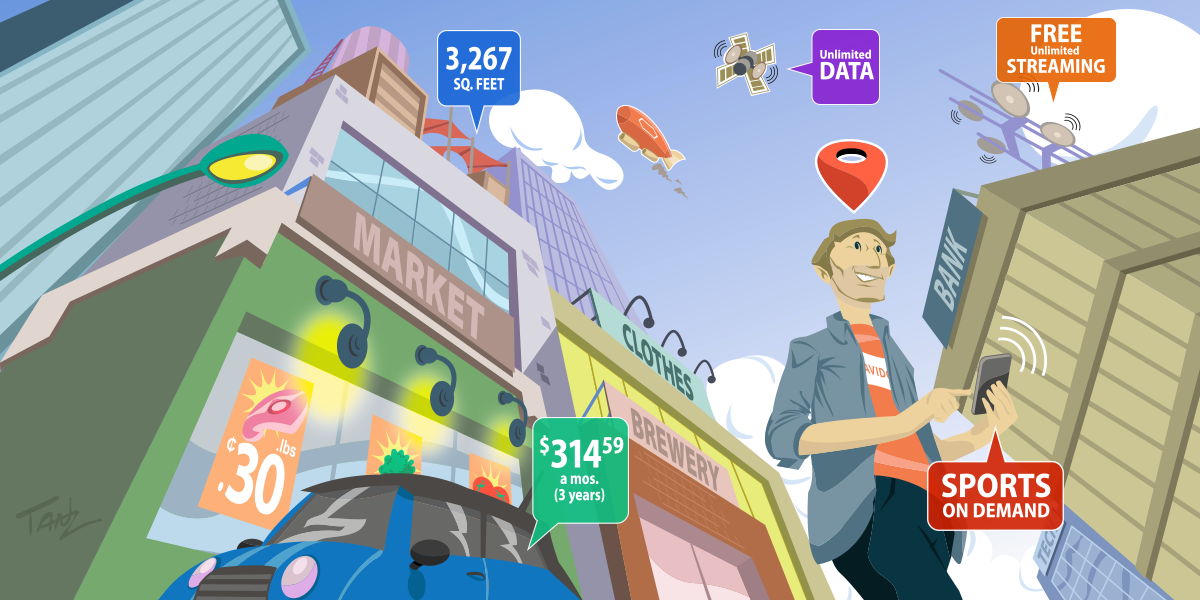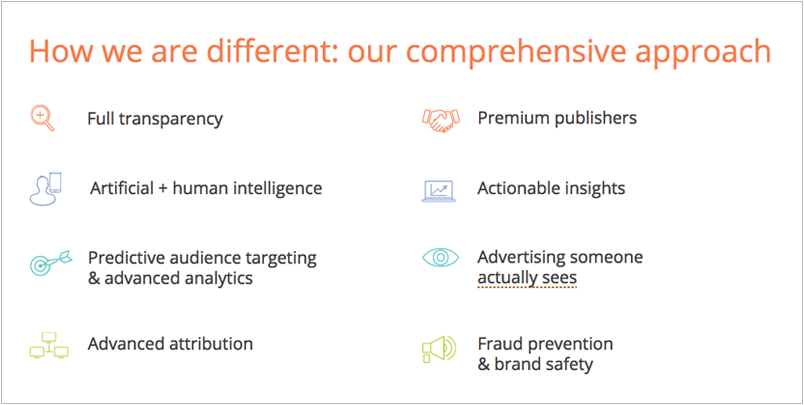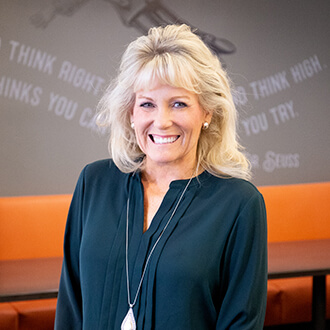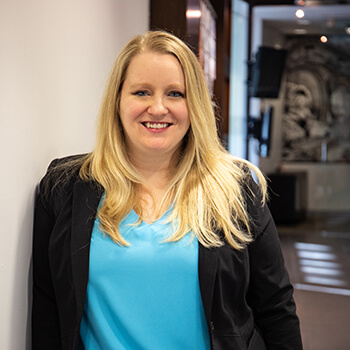The result? Last year, digital media buys outpaced television for the first time—ever. Without the much-needed lift from television, however, digital results began to plummet. Brands have since caught on. So, in the age-old words of folk music legend Bob Dylan, “The Times, They Are A Changin.”
In 2018, transparency is not only possible. It’s expected. No longer is the client’s bottom line the only one at risk. Advertising agencies which fail to provide detailed reporting based on their programmatic data do so at their own peril. That’s because as clients become savvier, many are ditching their agencies and moving their digital ad trading in-house. The same trend is just beginning with Out of Home (OOH) buys which are also becoming available as self-serve options for everything from billboards to audio ads on streaming music services.
We understand. It sounds great. What could possibly go wrong?
Actually, far more than you might think.
Maybe you’re planning a traditional television ad, radio spot, static billboard or Digital Out of Home (DOOH) campaign with a few thousand blips on major billboards along major city arteries. Or perhaps you need to teach a machine to bid on the fly for the best digital space at the best price. These sorts of tasks have long been in the hands of capable agency professionals—and for good reason.
Let’s take a look at what’s trending and why LAVIDGE clients who have long relied on our expertise can count on us to lead the way in reporting transparency, campaign effectiveness—and a whole lot of integrity. (Not necessarily in that order.)






